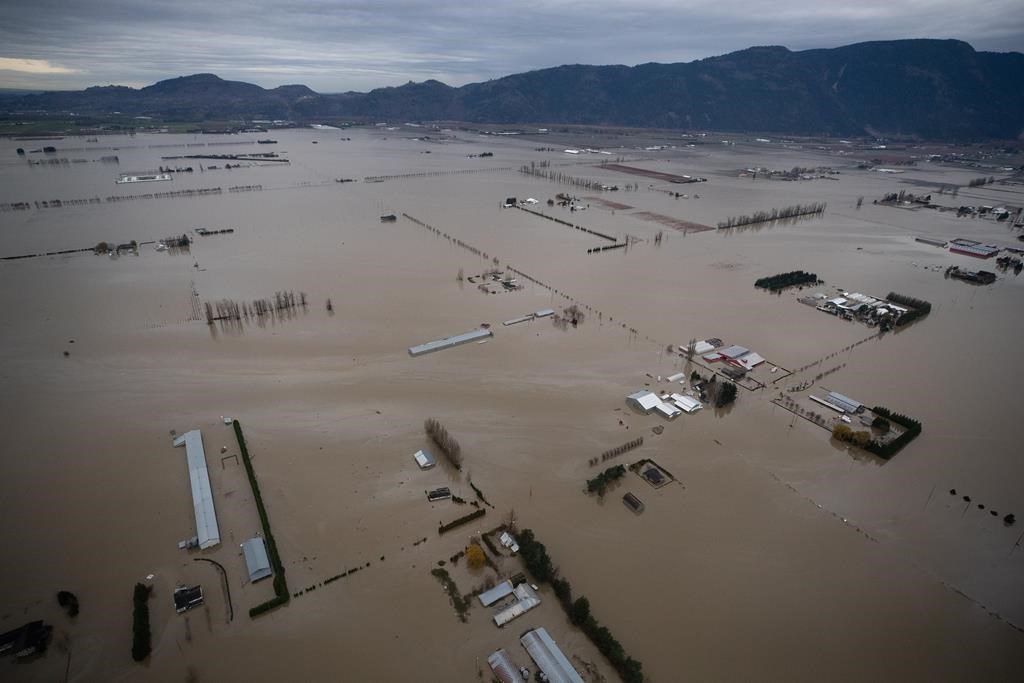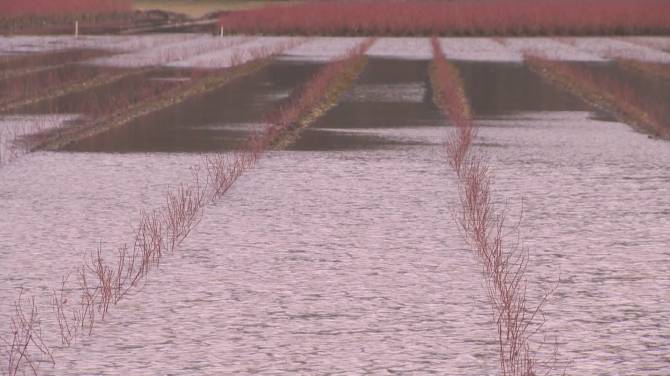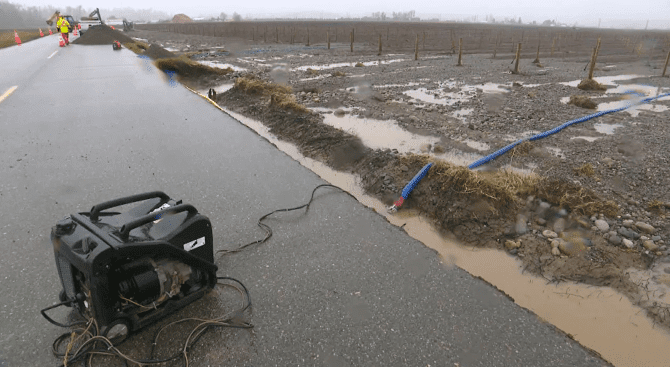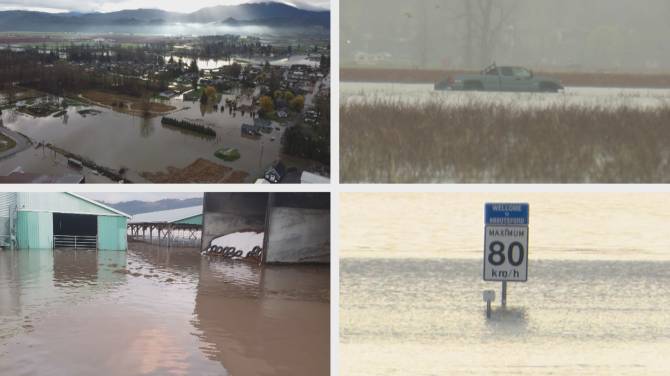The government expects to pay nearly $3.4 billion for its part of the recovery costs for the flooding and landslides that damaged British Columbia's Fraser Valley in November 2021.
However, only around 40 percent of that amount has been paid more than two years after the disaster.
Brad Vis, the Conservative MP for Mission—Matsqui—Fraser Canyon, emphasized the urgency of this funding for the communities affected.
Vis highlighted the extensive needs, including farmers trying to recover lost blueberry crops and rebuild dairy farms, homeowners who lost their houses, and local and provincial efforts to repair infrastructure like roads, bridges, and culverts.
According to Vis, it would be reasonable for the disaster funds to be distributed within a year, allowing time for engineering plans to be reviewed by both local and federal authorities.
Vis warned that any longer delay would leave the area vulnerable to future storms, and ideally, the funds should be distributed within less than a year due to uncertainty about future events.
Southern B.C. experienced similar rainstorms to the one that caused the 2021 disaster in both 2022 and 2023, leading to another flood warning in January due to fresh downpours.
Despite subsequent rainstorms, some of the area's infrastructure remains unrepaired, as per Vis.
In 2022, a panel appointed by Ottawa to develop a national plan for climate change impacts recommended a timeline of a year or less to fully support disaster-affected communities.
However, data on the federal Disaster Financial Assistance Arrangements (DFAA) program shows that it typically takes an average of seven years for all disaster aid to be distributed, and up to 10 to 15 years in some cases.
An analysis provided by the office of Emergency Preparedness Minister Harjit Sajjan revealed this information. Sajjan is expected to release an updated DFAA program later this year following years of consultation.
The anticipated changes in the program include a focus on expediting fund distribution and implementing projects that not only restore previous infrastructure but also enhance resilience to future disasters.
At a security and defence conference in Ottawa, Sajjan acknowledged the need for more actions to address disaster recovery.
The DFAA program, created in 1970, aims to equitably share the recovery costs for natural disasters between the federal government and the provinces and territories.
Provinces or territories pay a deductible based on their population, and the federal government covers a higher percentage of the costs as they increase. On average, Ottawa funds about 82 percent of the recovery expenses after a disaster.
The program assists governments, homeowners, farmers, and businesses by covering various expenses, such as evacuations, emergency medical and security needs, as well as reconstruction and cleanup.
From 1970 to 2023, the DFAA received 283 claims following disasters, with approximately half related to flooding and nearly one-third to rainstorms or major storms like hurricanes.
Wildfires make up less than 10 percent of events since 1970, but their frequency is increasing, accounting for almost 20 percent of all claims since 2010. Canada's worst fire season in 2023 saw six wildfire claims being made.
Wildfires also incur a higher cost, averaging $67 million per claim compared to $29 million for flooding and $35 million for major storms.
Between 1970 and 2016, it took an average of seven years for claims to be fully paid. Six claims from before 2016 remain open, with the oldest being a rainstorm and flooding in Saskatchewan in 2014.
Since 2017, 29 events led to claims, with all but one still remaining open claims. Saskatchewan wildfires in 2017 are in the “final audit” stage.
The frequency and severity of natural disasters in Canada have been heightened by climate change, leading to a significant increase in claims for disaster assistance. One-third of the claims have been made in the last 13 years, with 10 percent since 2020.
DFAA has paid out $8.5 billion to date, with 70 percent of that occurring since 2010. This number is expected to rise due to billions of dollars still owed for 35 claims since 2010.
The Canadian government estimates its DFAA contribution for the major fires and storms in B.C. in 2021 to be $403 million and $3.4 billion respectively. As of now, $207 million has been paid for the fires and $1.4 billion for the November storms.
In a letter to Vis last month, Abbotsford mayor Ross Siemens expressed gratitude for the current support but noted that recovery costs are increasing, with more than 300 city-owned sites being damaged in the November 2021 deluge.
Siemens wrote, “Although significant progress has been made on these recovery projects, there is still important work to be done to ensure the security of our families, farmers, businesses, and the provincial food system.”
Requests for funding, including interim payments, must come from the province and will be “processed immediately” following a review by federal auditors, according to a spokeswoman for Sajjan.






